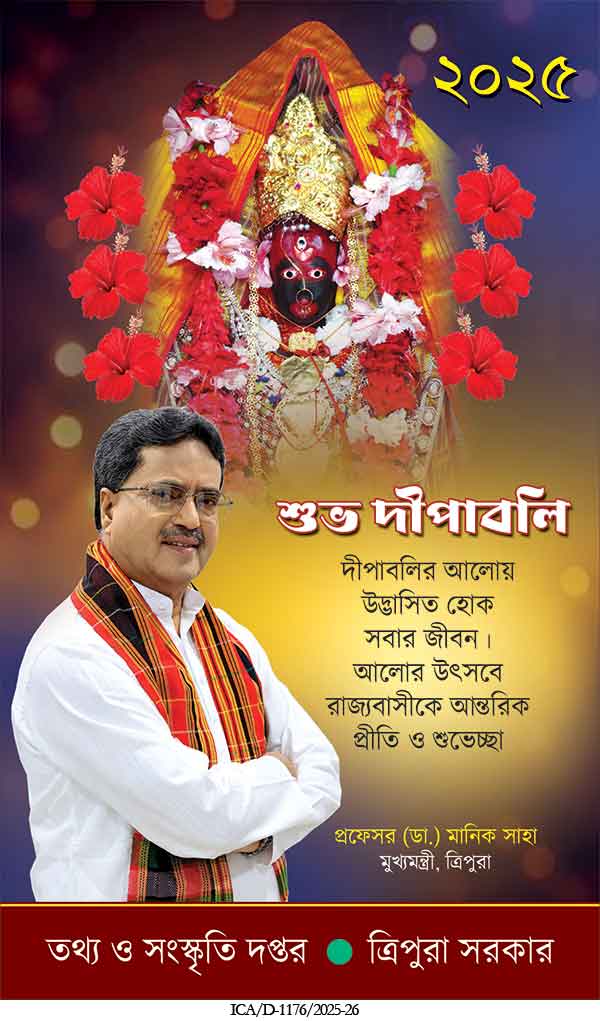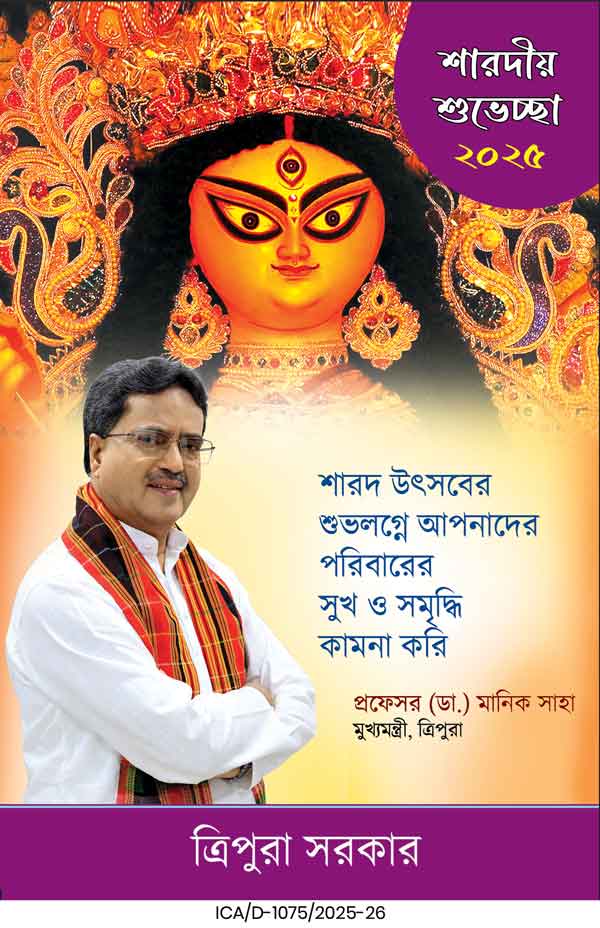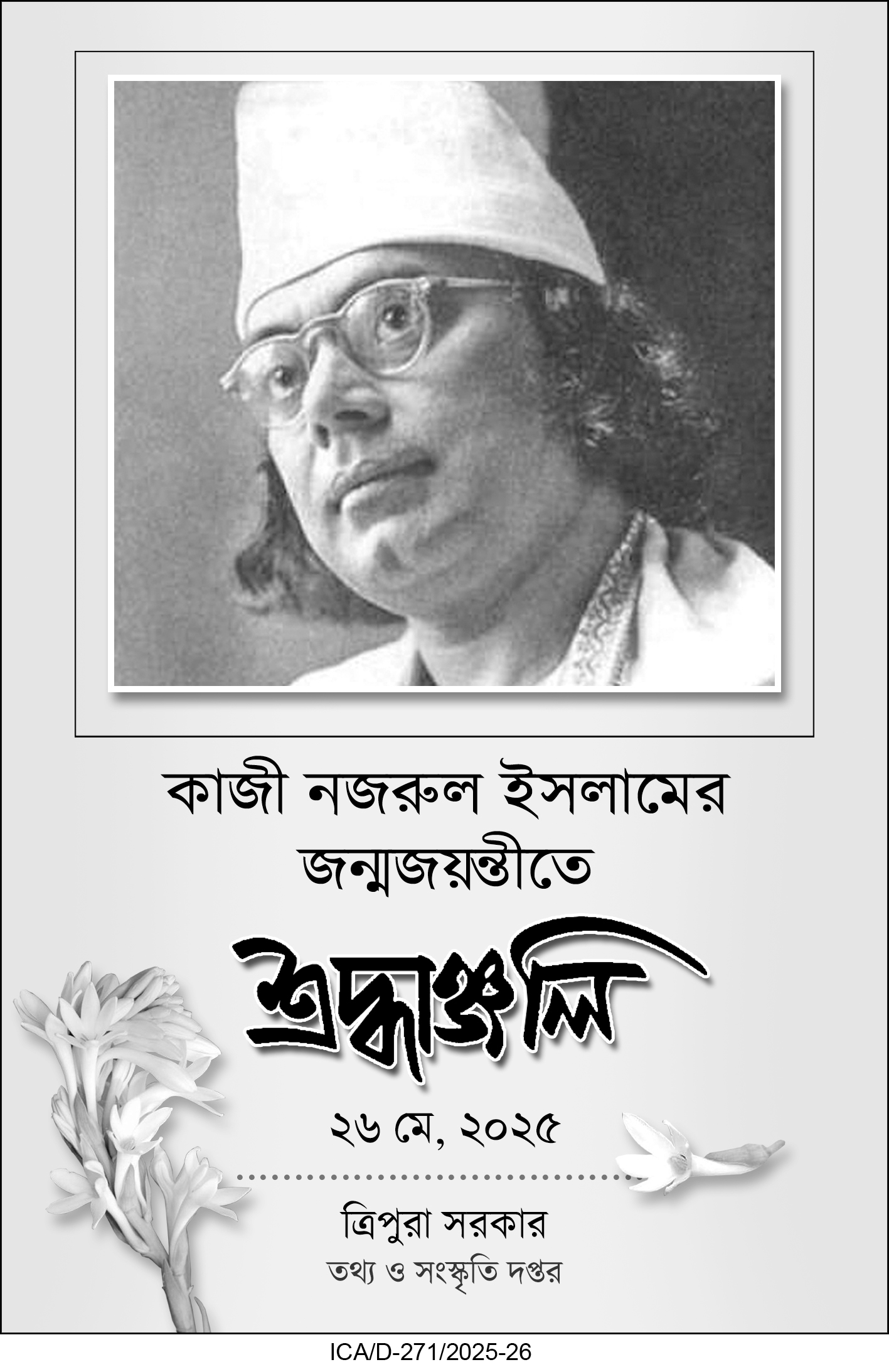Nepal faces uncertainty after PM Oli’s resignation as Gen-Z leaders remain divided over the next interim prime minister. With names like Sushila Karki, Kul Man Ghising, and Harka Sampang floated, the Army pushes for dialogue amid ongoing instability.
Kathmandu is witnessing a historic political churn as Nepal’s Generation-Z leaders remain sharply divided over who should head the next government following the dramatic resignation of Prime Minister K. P. Sharma Oli. The development comes after intense youth-led protests rocked the nation’s capital on Tuesday, forcing Oli to step down and compelling the Nepal Army to take temporary charge of law and order.
On Wednesday evening, as the dust of the previous day’s unrest lingered, the Nepal Army extended an invitation to key protest leaders for a dialogue. The Army’s move is seen as a crucial step to ensure political stability and prevent further escalation. However, divisions within the Gen-Z camp, which spearheaded the nationwide demonstrations, appear to complicate the search for a consensus candidate to lead the interim administration.
Divided Youth Leaders Struggle for Consensus
According to two prominent youth leaders, internal discussions are ongoing to select an apolitical figure who can steer the nation through the transitional period. Yet, the absence of a consensus has slowed progress.
“Several Gen-Z leaders have proposed former Chief Justice Sushila Karki to lead the next government,” revealed Rabi Kiran Hamal, a young activist involved in the talks. He further disclosed that other names in circulation include former Nepal Electricity Authority chief Kul Man Ghising and Dharan City’s independent mayor, Harka Sampang.
Hamal himself, who is said to be close to the royalist Rastriya Prajatantra Party, insists that a youth leader should represent the movement at the helm. “We need a fresh face who understands our generation’s aspirations,” he added.
Who Are the Contenders?
The three names being floated reflect contrasting political and social backgrounds, each with their own support base:
Sushila Karki (73) – Nepal’s first woman Chief Justice, Karki is remembered for her uncompromising approach to justice. She was briefly suspended in 2017 after lawmakers filed an impeachment motion against her, accusing her of bias. Despite controversies, her landmark decision to remove the head of the anti-corruption commission is still hailed as a bold step. For many, she embodies resilience and independence.
Kul Man Ghising – Widely popular among the masses, Ghising is credited with ending the country’s crippling power cuts during his tenure as Managing Director of the Nepal Electricity Authority. His dismissal by the Oli government earlier this year sparked widespread outrage, strengthening his image as a reformer unjustly sidelined by politics.
Harka Sampang – The populist mayor of Dharan, elected as an independent in 2022, represents the wave of outsider politics gaining traction in Nepal. Much like Kathmandu’s mayor Balen Shah, Sampang appeals strongly to younger generations for his direct, people-centric style.
Army Steps In Amid Political Uncertainty
The involvement of the Nepal Army underscores the gravity of the crisis. Following Tuesday’s mayhem in Kathmandu, when thousands of protesters clashed with security forces, the Army assumed temporary responsibility for maintaining order. This move, while extraordinary, highlights the fragile nature of Nepal’s democratic institutions and the urgency to resolve the leadership vacuum.
For the Gen-Z activists who mobilized en masse against Oli’s government, the Army’s invitation represents both a challenge and an opportunity. If the youth leaders can unite behind a credible name, they may set the course for a historic generational shift in Nepal’s governance. However, disunity risks prolonging instability and undermining their movement’s momentum.
The Road Ahead
Observers note that the leadership question is not merely about individuals but also about the direction Nepal’s politics will take in the post-Oli era. A figure like Karki could lend credibility to an interim government through her judicial background, while Ghising’s technocratic achievements may reassure citizens about effective governance. On the other hand, Sampang’s grassroots appeal aligns most closely with the protest movement’s anti-establishment sentiments.
What remains clear is that Nepal stands at a crossroads. For the first time in recent history, young leaders are at the forefront of shaping the country’s future. Whether they can overcome internal rifts and present a united front will determine how effectively Nepal navigates this turbulent transition.
| Also Read: Wall Street indexes notch record high closes |
As Kathmandu awaits the outcome of ongoing deliberations and the Army-mediated dialogue, the world watches closely. Nepal’s Gen-Z movement, which began as a protest against entrenched political elites, may soon decide who will carry the nation through its most uncertain phase in decades.





